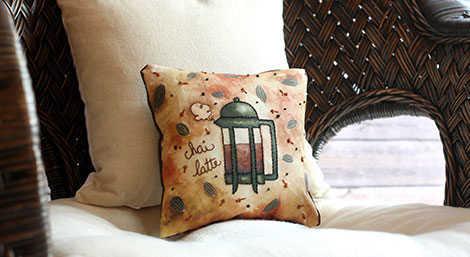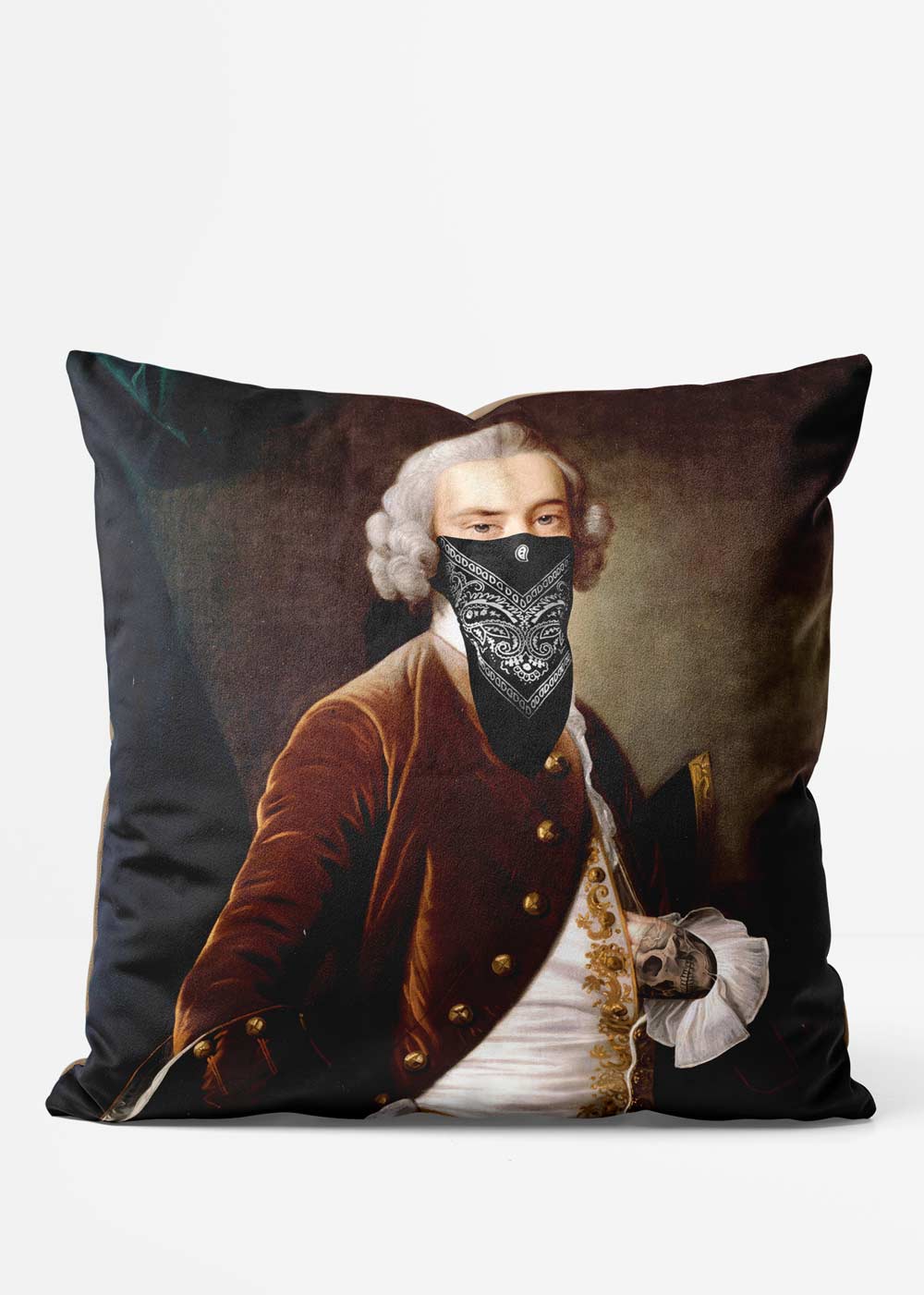Unique Art - Truths
Unique Art - Truths
Blog Article
The smart Trick of Unique Art That Nobody is Talking About
Table of ContentsThe Unique Art DiariesThe 5-Minute Rule for Unique ArtUnique Art Things To Know Before You Get ThisUnique Art Fundamentals Explained
While one could debate which art kind holds precedence, the reality stays that each of these 7 forms provides an unique window right into human history, culture, and evolution. They are the tapestries that chronicle our journey, advising us of our past while inspiring visions for the future.Excellent artwork narrates, makes people look twice, and develops a distinct experience that can not be matched. Art and illustrations interact all of that with shade, form and other style aspects. Find out exactly how to make your one-of-a-kind artwork stand apart from the group.

8 TRIA GIOVANEqual parts grand and laidback, this foyer made by Anthony Baratta is the ideal blueprint to follow if you're embellishing an official entryway that still really feels unfussy and comfortable. Formed textiles take spotlight (see the rugs and the sofa), yet they likewise assist bring the high ceilings to a human range when hung over wallpaper.
Some Known Questions About Unique Art.
18 Heidi Caillier DesignA gallery wall doesn't require to occupy the entire room. In truth, sometimes a little one can make a bigger style declaration. In this living-room, Hiedi Caillier chose micro-mini structures and an arbitrary composition. Advertisement - Continue Reading Below19 Stephen Kent JohnsonDesigner Juan Carretero chose for a deep green paint shade to comparison with the light wood surfaces.
, the expression of ideas and feelings, with the development of specific visual top qualities, in a two-dimensional visual language. The elements of this languageits forms, lines, colours, tones, and texturesare used in various means to produce experiences of volume, space, activity, and light on a level surface area. These components are combined right into meaningful patterns in order to stand for actual or superordinary sensations, to analyze a narrative theme, or to create wholly abstract visual connections.
Later the idea of the "fine musician" created in Asia and Renaissance Europe. Noticeable painters were paid for the social status of scholars and courtiers; they authorized their work, decided its layout and typically its subject and imagery, and developed a more personalif More about the author not always amicablerelationship with their patrons. During the 19th century painters in Western cultures started to lose their social position and secure patronage.
Some Known Incorrect Statements About Unique Art
Others made an earnings with exploring exhibits of their work. The requirement to interest an industry had actually replaced the comparable (if much less view impersonal) demands of patronage, and its result on the art itself was most likely similar too. Normally, artists in the 20th century might get to a target market only through commercial galleries and public museums, although their work may have been occasionally recreated in art periodicals.

Do not copy the style of various other artists if you're looking for your style. Duplicating other individuals's art work can be fantastic in instructional purposes however it will not make you closer to locating your own special design. Your artistic design needs to be, what you like and what motivates you.
I would think about your very own style as a style you repaint in naturally, when you let go of all thoughts and regulations and just concentrate on painting, not thinking of it. Unique Art. The style has to come naturally to you when you are relaxed and you can not require it or it won't be your own style, just somebody else's
Unique Art Can Be Fun For Anyone

With time you'll have the ability to arrange every one of them into your favorite and least favored groups. Attempt to concentrate your focus on the subjects and mediums that you like and prior to you see it coming you'll have your very own personal and special style, like no one else have! In the end you'll have a few favorite topics to repaint and perhaps a few favorite mediums.
The style has to develop itself in time with a whole lot of practice and experiments - Unique Art. Thanks for reviewing this article and if you have any kind of questions leave them in the remarks below, I would certainly more than happy to address these
Report this page